LEDs can be, have been and are used as voltage references. Standard LEDs in various colors are cheap and hence sensible when wanting a low accuracy low voltage reference. Remember that low voltage Zeners have bad knee characteristics and poor tolerances. Zener diodes do make noise when in the breakdown region. In fact, there are noise generators based on this known principle in antique ARRL handbooks. However, is the LED less noisy than the Zener?
-
To be perfectly honest, both options suck and will have terrible temperature performance. LM4041s are not expensive. – Matt Young Apr 16 '17 at 03:45
-
5I remember reading about people using them as references. Don't remember anything about the noise. But I think you are supposed to cover the LED so that no light can get to it. The forward voltage may change a bit in response to light. Probably you don't want that characteristic. – user57037 Apr 16 '17 at 03:45
-
@Matt young . I agree that both leds and zeners have terrible DC characteristics .I am interested in the noise . – Autistic Apr 16 '17 at 03:49
-
Yeah, I got that from the title. – Matt Young Apr 16 '17 at 03:53
-
2The designer of Simplistic NJFET RIAA (approximately 1nanoVolt/rtHz) prefers LEDs (including large parallel bypass caps) to bias the base of bipolar cascodes. – analogsystemsrf Apr 16 '17 at 04:56
-
I bet my eastern colleagues didn't think about it. – Apr 16 '17 at 06:02
-
1FWIW, I read a thesis on an ultra quiet supply that used a 50% charged lead acid cell as the noise reference, from mHz to kHz offsets, it was effectively a very large capacitor. I wonder what supercaps would do, might be easier to use. Obviously DC precision had to be by something else, a buried zener IIRC. Certainly around 3v, a white LED is an order of magnitude lower slope resistance than a zener. They've not been designed for noise, so I'll bet they're not the quietest thing you can use. – Neil_UK Apr 16 '17 at 06:34
-
Guys, but the current can't be in microamps, can it? – Apr 16 '17 at 06:46
-
1The LED is forward biased, so I'd *guess* it's less noisy. But nowadays, you'd use the TL431 instead. – CL. Apr 16 '17 at 09:12
-
@CL we think that a foward biased LED is less noisey than a reverse biased Zener .Sure the TL431 is more accurate but using a LED makes sense if the Led is already present .Unless you could buy a glowing TL431 . – Autistic Apr 16 '17 at 10:45
2 Answers
(True) Zener diodes are not generally used as noise sources- 'Zeners' for >6V are actually avalanche diodes.
This paper mentions that a 5V Zener has about 15-20dB less noise than a 12V 'Zener'. So, I'll assume that the (dominant in a 12V 'Zener') avalanche noise is not a factor since you are going to use a true Zener diode.
Both an LED and a Zener will have shot noise, which is proportional to the square root of current, so it may well depend on the relative operating currents. There will also be some thermal noise from the resistive component, which would probably favor a Zener over a small LED.
Usually if noise is concern you should follow a relatively low noise source with a conventional low pass filter or something like a capacitance multiplier. That's how reference chips designed for RF circuits achieve uV wideband noise using relatively noisy bandgap references.
- 376,485
- 21
- 320
- 842
I don't think it is as much about noise with a large C than stable bias V.
LED's are better voltage regulators than most small zeners due to size of chip, current rating and lower ESR. Noise could be a factor if large e-cap is insufficient but lower Rs or ESR gives better Q point stability.
ESR is the variable that affects any diode or Zener Vf vs If and is always = 1/Pd which depends on size of chip.
- 5mm IR LED's are 1.1V with about <2~4 Ohms (Zt or Rs or ESR) @10mA and much lower at 100mA
- 5mm Red Yellow around 10 Ohms and 5mm White, Blue around 15 Ohms @20mA
- these tolerances can be 50% for ESR
Whereas small zeners are ~ 20 Ohms in low voltage range.
I can backup with actual part numbers so these are just rule of thumb nominal values.
But since advent of Bandgap reference diodes built into adjustable regulators, this is a better choice.
IR LED's have lowest Vf and ESR of all 5 mm LED's

Quiet depends on many things but mroe important as voltage / current regulator. Diode filter bandwidth depends on ESR*C = T = 3~4f(-3dB)
- 1
- 3
- 54
- 182